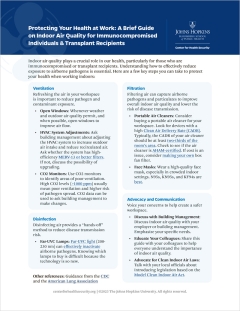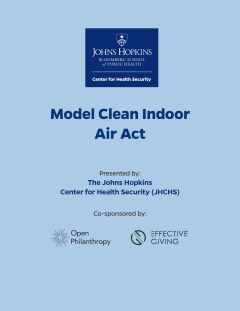Following the 2001 end to negotiations on a legally binding protocol, states parties to the 1972 Biological and Toxin Weapons Convention (BWC) developed entrenched positions about the necessity of treaty verification, hindering progress on treaty aims. The study described in this article was designed to facilitate dialogue on verification-related issues outside the context of those positions, using the term “assurance” to represent the degree of certainty that states parties are meeting their treaty obligations. From August 2020 to July 2021, the researchers conducted 36 interviews—16 with state-party delegations and 20 with independent experts, representing 20 countries. They performed mixed-methods analysis on the interviews, including quantitative metrics on qualitative interview content. Interviewees’ views on verification, compliance, and related concepts varied widely. Future efforts by states parties to achieve common understanding on these topics could facilitate concrete progress. While no single mechanism is sufficient to achieve verification or assess compliance, packages of mechanisms could increase assurance. Interviewees expressed general support for implementing assurance mechanisms, even in the absence of a comprehensive, legally binding protocol or verification regime, even among states parties for which that is the primary goal. Avenues to increase assurance among BWC stakeholders merit further discussion in the current intersessional program.





